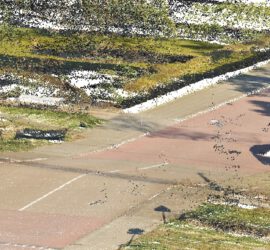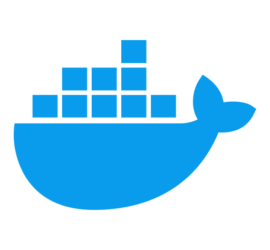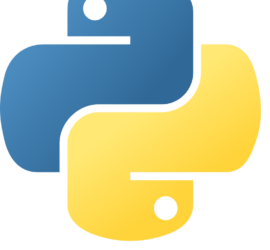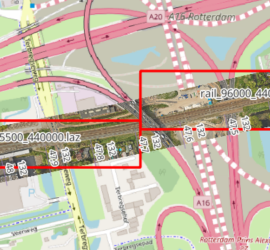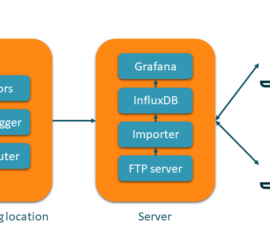Hai Performance heeft in opdracht van ProRail het diepladerprofiel van bijna 1800 overwegen bepaald. Hiervoor zijn de door ProRail vanuit een helikopter ingewonnen puntenwolken gebruikt. In combinatie met een hoge graad van automatisering zijn de kosten […]
Python
So far, all my data processing pipelines required manual intervention or were tied together with batch/shell scripts. In most cases, I had to copy batch scripts to the folder where they had to process data, and […]
LAZ is my preferred point cloud format, as it is a lossless compressed format that is considerably smaller than uncompressed LAS. One thing that has always bugged me is that reading LAZ is quite slow, at […]
Despite having AI in the company name, I’m somewhat critical of the benefits provided of generative AI/Large Language Models (LLMs). I find that the answers often leave something to be desired, and the general consensus now seems to […]
Virtualisation and Containerisation are an important part of today’s computing landscape. Containers offer several benefits compared to software running directly on an operating system: They are isolated environments, helping with issues like security and dependencies. Running […]
I’ve previously written about parallelizing for loops in C/C++ and C#. This is possible in Python, too, and might even be more important than in the two other languages, as Python’s interpreted nature can make it […]
I started coding with Basic (on the Commodore 64, of course), but I consider myself mostly a C++ programmer. That’s the language I used throughout my time as university student and that I still use for […]
When you have many point cloud files that are not tiled, it can be tricky to find the one file that covers a certain geographic area. One way to deal with this is to construct the […]
Geodetic and geotechnical monitoring is an important task within the field of surveying. It is often employed to monitor critical buildings and infrastructure during construction works. One of the highlights of my geodetic career was the […]

